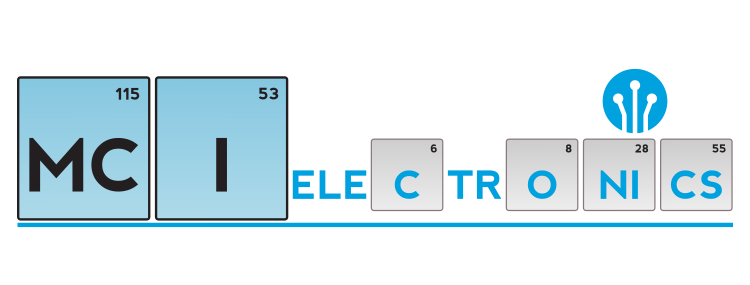Today, MCI is celebrating National Periodic Table Day with the rest of the UK.
We probably all remember the periodic table from our school days, from things that burnt with a squeaky pop to smelly chemical bridges. The concept of elements is very old indeed.
The original concept of elements was conceived by the ancient Greeks. Aristotle in about 330BC. He proposed that everything was made of either water, air, earth of fire. Empedocles proposed that everything in the cosmos came from these 4 elements. It wasn’t until the middle ages that alchemists looked to elements to explain the chemical reactions they were making in their quest to make gold. Later, in 1661, Robert Boyle recognised the fundamental nature of elements.
It wasn’t until 1781, that the first version of the periodic table that we might just recognise came into being. It was created by Étienne François Geoffrey.
By 1808, John Dalton, a British Natural philosopher, created a table of the known elements according to their atomic weights. The elemental lists and tables then went through quite a number of iterations over the following years. There was much academic debate over the order of the elements on the table. Finally, in 1890, the periodic table was agreed upon. Dimitri Mendeleev, a Russian Chemist, had triumphed as the generally recognised periodic table. Amazingly, the oldest periodic table is kept in St Andrews at the Wardlaw Museum. It dates back to somewhere between 1879 and 1886.
Changes have, of course, been made over the years, but the theory behind the elemental positions remain the same.
A fascinating and surprisingly tumultuous history, the periodic table has been part of all our histories.
Enjoy the weekend everyone!


